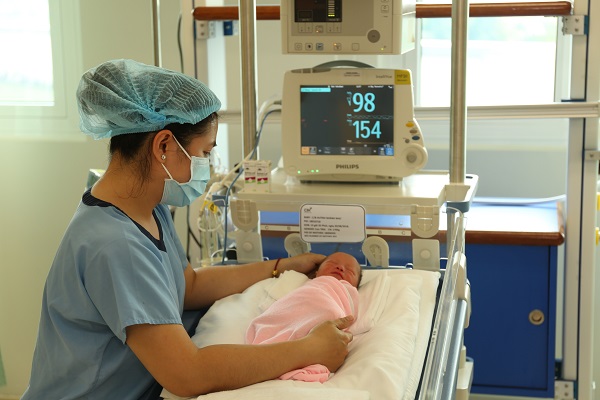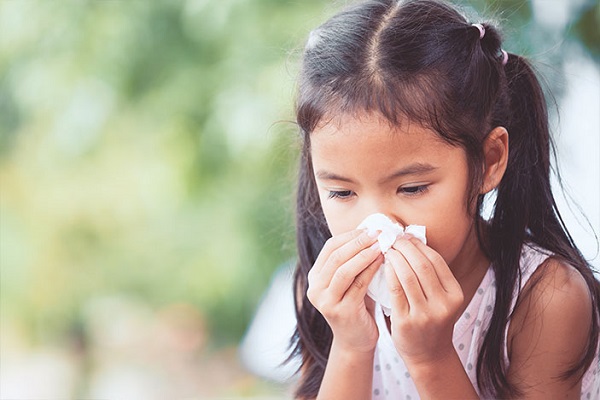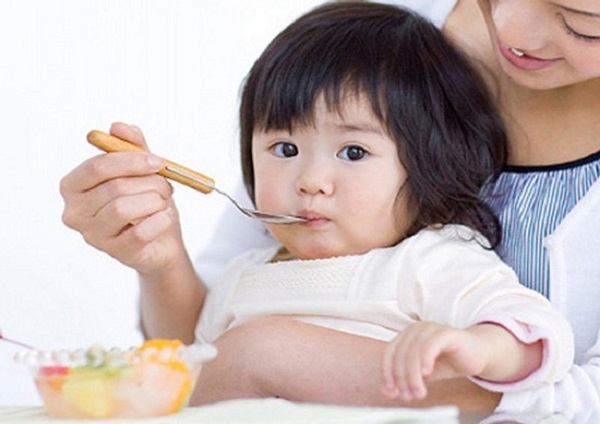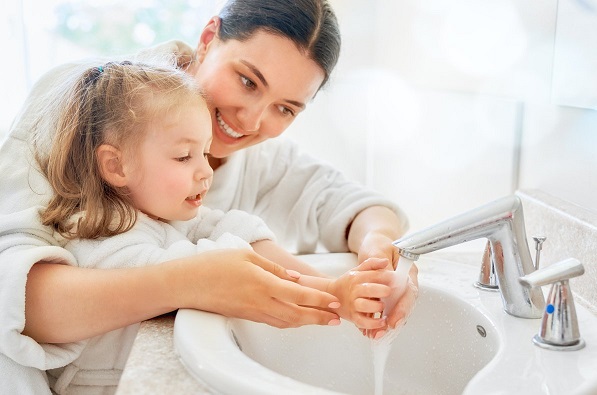The umbilical cord transported nutrients from you to your baby throughout your pregnancy. Now your baby has a purplish-blue stump that is about a half-inch to an inch long. It will take some time (approximately 1-2 weeks) before the stump dries up and falls off. It will take a little care and attention to prevent irritation and infection.
Disorders of the Umbilical Cord
Masses of the umbilicus may be related to lesions of the skin, embryologic remnants, or an umbilical hernia. Masses associated with the skin include dermoid cysts, hemangiomas, and inclusion cysts. Umbilical drainage is associated with granulomas and embryologic remnants. The following should be noted:
- Delayed separation of the umbilical cord - The umbilical cord usually separates from the umbilicus 1-8 weeks postnatally; topical antimicrobials are usually applied after delivery, followed by isopropyl alcohol until cord separation; delayed separation may signify an underlying immune disorder
- Umbilical granuloma - Granulation tissue may persist at the base of the umbilicus after cord separation; the tissue is composed of fibroblasts and capillaries and can grow to more than 1 cm; umbilical granulomas must be differentiated from umbilical polyps and from granulomas secondary to a patent urachus, both of which do not respond to silver nitrate cauterization
- Umbilical infections - Patients with omphalitis may present with purulent umbilical discharge or periumbilical cellulitis; although infections may be associated with retained umbilical cord or ectopic tissue, they were often, in the past, related to poor hygiene; current aseptic practices and the routine use of antimicrobials on the umbilical cord have reduced the incidence to less than 1%; cellulitis may become severe and rapidly progess within hours to necrotizing fasciitis and generalized sepsis, and thus, prompt attention and treatment are critical
- Omphalomesenteric remnants - Persistence of all or portions of the omphalomesenteric duct can result in fistulas, sinus tracts, cysts, congenital bands, and mucosal remnants; patients with mucosal remnants can present with an umbilical polyp or an umbilical cyst
- Urachal remnants - The developing bladder remains connected to the allantois through the urachus, and remnants of this connection include a patent urachus, urachal sinus, and urachal cyst; umbilical polyps and granulomas can also be observed in association with a urachal remnant
- Umbilical hernias - These result when persistence of a patent umbilical ring occurs; some umbilical hernias close spontaneously, but many require surgical repair
Methods of management in some disorders, such as treating umbilical granulomas with silver nitrate, have changed little over the last century. In the early 1900s, umbilical hernia repair was a challenging procedure. Spontaneous closure of these hernias and preservation of the appearance of the natural umbilicus were recognized. Today, umbilical hernia repair is one of the most common procedures performed by pediatric surgeons.

Umbilical cord healing
What is cord care?
Cord care is how to care for your baby's umbilical cord stump. Before your baby is born, the umbilical cord brings nutrition and oxygen to him and removes his waste. After birth, your baby does not need the umbilical cord anymore. Healthcare providers cut off all but a small part (stump) of the umbilical cord. The stump dries and falls off in about 7 to 21 days, leaving a bellybutton.
Care for your baby's umbilical cord stump:
- Wash your hands. Use soap and water. Wash your hands before and after you clean his stump.
- Clean the cord stump. Gently wash the cord stump and the skin around it with mild soap and warm water during every bath. Gently pat the stump dry after your baby's bath.
- Use rubbing alcohol or water. Your baby's healthcare provider may suggest you use rubbing alcohol or water and a cotton swab to clean the stump. Gently wipe from the base to the top of the stump with a cotton swab dampened with rubbing alcohol or water. Clean the stump with each diaper change.
- Clean urine or bowel movement off the stump. If your baby's stump gets dirty from urine or bowel movement, wash it off right away with water. Gently pat the stump dry after you clean it.
- Let the cord air dry. After diaper changes or stump cleaning, fold the front of the diaper down below the cord stump to let it air dry.
- Dress your baby in loose clothing. Loose-fitting clothes will help the stump dry out faster.
- Do not pull or tug at the cord stump. The stump will fall off on its own.
- Do not cover the cord stump. If you want to use a bellyband on your baby, use only clean, dry gauze.
- Watch for continuing signs of infection. This includes redness, swelling, and cloudy, discolored, or bad-smelling drainage in the area around the cord.
When to seek medical advice
Call your child’s healthcare provider right away if any of these occur:
- Your child has a fever (see “Fever and children” below)
- Your child’s signs of infection get worse or do not improve within 2 days of starting treatment.
- Your child won’t stop crying or seems to be in pain when you touch the area around the cord and navel.
- There is increased bleeding from the cord.
- Your child develops a rash, pimples, or blisters around the navel.
- Your child refuses to feed.
- Your child is very sleepy or not moving around as much as usual.
- Your child seems ill or has any other symptoms that concern you.

CIH's Nursing staff is well-trained in childcare techniques.
For appointment or more information about the services provided by Pediatrics Department, please contact:
- Nurse Station: (8428) 6280 3333, ext. 8164
- Patient service: (8428) 6280 3333, ext. 8158 or 8191
For any further information about medical services provided by City International Hospital, please contact:
- Operator: (8428) 6280 3333, ext. 0
- Address: No. 3, 17A Street, Binh Tri Dong B Ward, Binh Tan Dist. (Next to AEON Mall Binh Tan). Ho Chi Minh City.
- Website: https://cih.com.vn/en/
- Email: This email address is being protected from spambots. You need JavaScript enabled to view it.



















